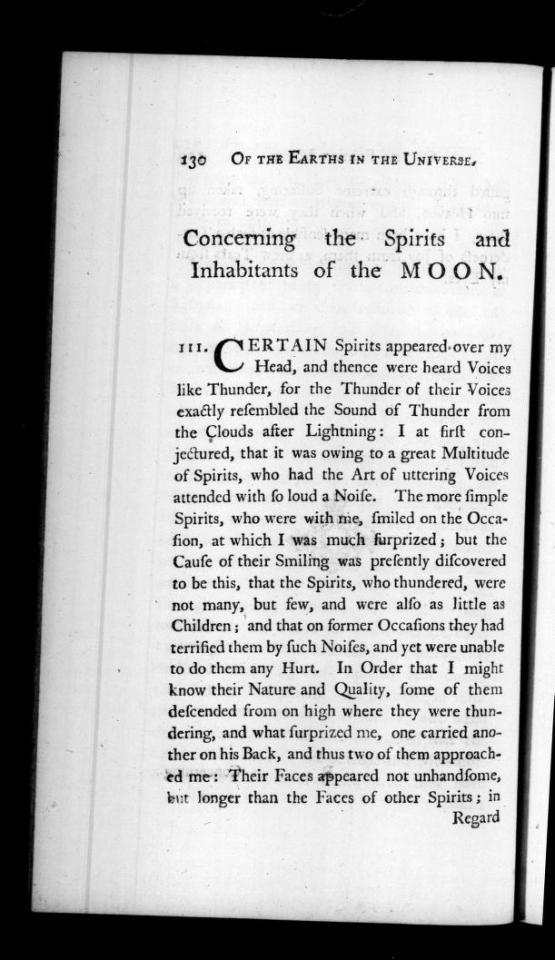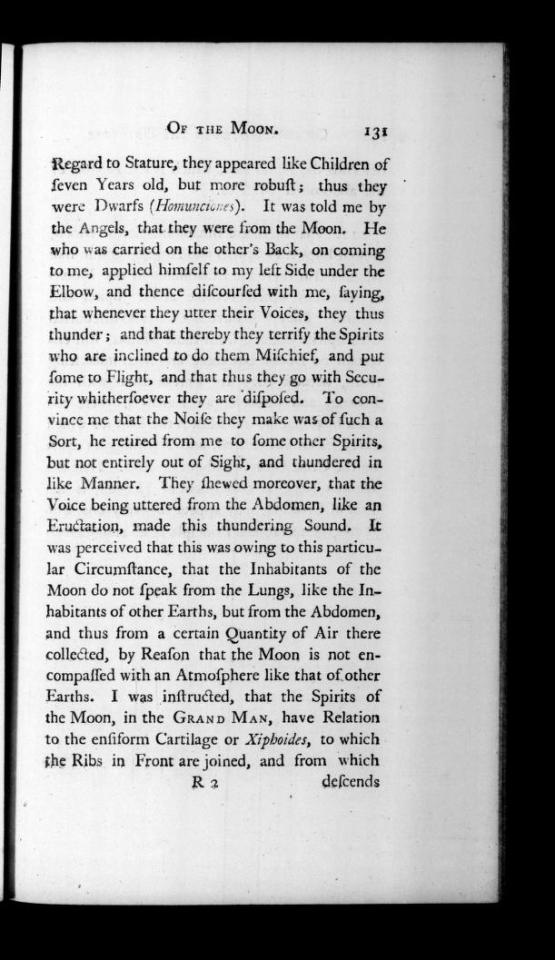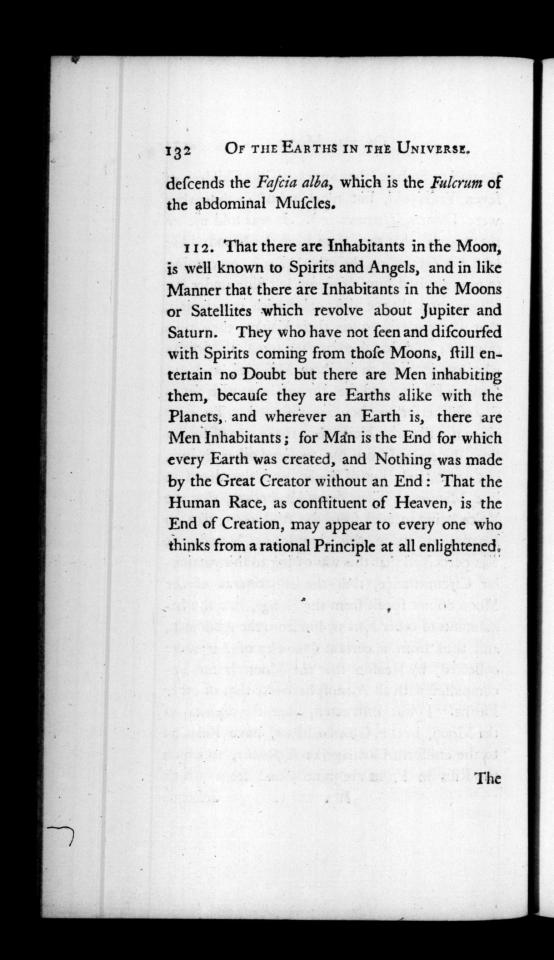#emmanuel swedenborg
Text
youtube
#williamblake #emmanuelswedenborg #justinsuvoy
1 note
·
View note
Text
Interview with Curtis Childs of “Off the Left Eye” – talking about Emmanuel Swedenborg
Emmanuel Swedenborg was taken into the spirit world and wrote about his experiences a little less than one hundred years before Allan Kardec codified The Spirits Book. Swedenborg espoused many of the same tenets as Spiritism. He also was very definitive in what constituted correct behavior. He laid out explanations as what a good deed actually is – since the thought behind it is vitally important…

View On WordPress
1 note
·
View note
Note
if you could, which one (1) historical magician/mystic/esotericist would you gift with lightning bolt etc powers
Emmanuel Swedenborg no contest. I want to see what he would do with the ability to kill.
240 notes
·
View notes
Text
Kindness is an inner desire that makes us want to do good things even if we do not get anything in return. It is the joy of our life to do them. When we do good things from this inner desire, there is kindness in everything we think, say, want and do. -Emmanuel Swedenborg

5 notes
·
View notes
Link
0 notes
Text
Child was an intensely philosophical thinker. I mean this in several ways. First, she was a champion at argumentation. Her 1833 book An Appeal in Favor of that Class of Americans Called Africans is one sustained attempt to clear the underbrush of bad arguments that kept most white Americans from recognizing that enslaving other humans was evil. It marshals evidence from economics, history, politics, and religion, culminating in an appeal to her fellow Northerners to see their complicity in slavery’s existence. She was ingenious at finding ways to call her fellow Americans to consistency. She demanded that they see that their pride in American democracy was misplaced if that democracy held others in bondage. She exhorted them to recognize that admiring Revolutionary War heroes for their resistance to taxation on the one hand but condemning enslaved people for fighting for freedom on the other was hypocritical. In the Appeal and dozens of other antislavery publications, she displayed argumentative skills that would make any philosopher proud.
It also turned out, to my astonishment, that Child herself was deeply influenced by German philosophers of the period I had been studying. She regularly quotes Schiller, Herder, Lessing, and Jean Paul Richter; she was familiar with both Kant and Hegel. Even more astonishing to me (although, in retrospect, it should not have been): she was influenced by women philosophers I had only recently been learning about through Kristin Gjesdal and Dalia Nassar’s work, such as Germaine de Staël and Bettina Brentano von Arnim. Child adored Die Günderode, a book written by von Arnim about the philosopher Karolina von Günderrode and translated from German by Margaret Fuller; Child herself wrote an popular biography of Staël.
Child grounded her activism in a philosophical yearning for answers to the big questions. Early in her life, Child turned to the eighteenth-century Swedish scientist, theologian and mystic Emmanuel Swedenborg for insights. Swedenborg taught that God was a god of love who expressed that love through the world, especially through nature and poetry. Through Swedenborg, Child embraced a holism in which all truths, and all humans, were essentially connected. That unified truth, she also believed, was best expressed through actions that replicated the love God had for his creation. Swedenborg led Child to a Platonic belief that reality as we know it was an emanation of the divine, although humans could see that truth only dimly. Child shared this deep admiration of Swedenborg with founding members of the emerging transcendentalist movement; her close contemporary Ralph Waldo Emerson counted Swedenborg as one of humanity’s “representative men.” Early in her life and during one of the abolitionist movement’s most volatile periods, Child channeled her understanding of Plato and Swedenborg into a novel called Philothea, which included historical characters such as Plato, Anaxagoras, and Alcibiades as well as the eponymous Philothea, granddaughter of Anaxagoras and a woman deeply formed by philosophical ideas.
0 notes
Text



Emmanuel Swedenborg on the loud babies that live on the moon
0 notes
Video
youtube
Ernest L Norman - Astral Visits To Higher Worlds
"Very advanced human beings are concerned with the lower orders of evolution of mankind. They are concerned not only because it is the natural sequence in serving mankind—it is to serve the Infinite best. But there must always be, in the great Infinite Mind an Understanding, that continual movement of continual progress—that continual evolution which all things go through, not only in the atomical substances as has been shown to you here, but it follows through into the planets and into and through the solar systems themselves. It follows through even into the Celestial Mansions, as we have seen Jesus ascend into another dimension (after two thousand years as the leader of Venus), which was of a higher dimension.
And we also saw Him return into the higher spiritual planets as the new mentor of all. And so we know that evolution continues there too, and evolution progresses ever onward and upward. They tell us that there is no end unto this evolution. "
Ernest L Norman claimed the future history of the world will unquestionably prove the author to be, without exception, the greatest outlet of interdimensional cosmic knowledge the world has ever known; for he has indeed proven beyond any question of doubt that he works with and from a higher world. Norman was an American electrical engineer, and spiritual leader.
A polymath, Norman dabbled in philosophy, poetry, scientific research and paranormal investigation. He also co-founded of the Unarius Science of Life and the Unarius Educational Foundation, which later became known as Unarius Academy of Science Ernest Norman wrote twenty books in his lifetime that covered theoretical physics, spirituality, philosophy, theology, extraterrestrial life, sociology, and poetry.
Norman also authored articles further emphasizing the interdimensional hypothesis he was trying to teach, and answered letters from his students that have been archived at the Unarius Academy of Science. Here is a lesson in which he teaches about astral visits to higher dimension and links his visions to those of Emmanuel Swedenborg.
1 note
·
View note
Video
youtube
Why Some People in the Afterlife Don't Know They're Dead -- Swedenborg and Life
Emanuel Swedenborg was one of the leading scientists of his day. He was also a very highly gifted clairvoyant and out of body traveller who spent more than twenty years investigating other dimensions. He wrote volumes about what today would be called his experiences in other dimensions, including very detailed descriptions of the afterlife. Here two Swedenborg scholars discuss his discovery that many spirits don't realize that they are dead.
6 notes
·
View notes
Link
youtube
youtube
2 notes
·
View notes
Text
Spiritual awareness and insight
🕊️❤️🕊️
Love in its essence is spiritual fire.Love consists in desiring to give what is our own to another and feeling his delight as our own.The Divine of the Lord in heaven is love, for the reason that love is receptive of all things of heaven, such as peace, intelligence, wisdom and happiness.True charity is the desire to be useful to others with no thought of recompense.

Emmanuel…
View On WordPress
2 notes
·
View notes
Text
Emanuel Swedenborg - Advance Man for Allan Kardec
Emanuel Swedenborg – Advance Man for Allan Kardec
Many know about Allan Kardec and his The Spirits Book, which started the Spiritist movement and laid out the doctrine of Spiritism. But, did you know the Spirit World prepared the way for Allan Kardec? Just as Socrates and John the Baptist led the way for Jesus Christ. The same process was implemented for Kardec, and his name was Emanuel Swedenborg and what he wrote at the time caused a major…

View On WordPress
3 notes
·
View notes
Note
Got any recs for someone into non-romance focused low-fantasy (fantasy incorporated into daily life, stories focus on personal level experiences) short stories, books, movies/shows? Hoping for cozy, magical, and a little weird.
Journal of Dreams by Emmanuel Swedenborg
145 notes
·
View notes
Video
youtube
Why Swedenborg Went Public with Dr. Jonathan S. Rose
0 notes
Note
Does William Blake have any effect on occultism?
Oh absolutely! A lot of his work is explicitly spiritual, and he was directly inspired by people like Emmanuel Swedenborg.
106 notes
·
View notes
Photo

The Wheat Field, George Inness , c. 1875-1877, Cleveland Museum of Art: American Painting and Sculpture
Inness began his career executing detailed, realistic landscapes in a style similar to other artists of the Hudson River School. After a series of trips to Europe, as well as growing involvement in Swedenborgianism--the spiritual doctrines of the theologian Emmanuel Swedenborg--Inness created increasingly free, mystical, and expansive paintings. This work was painted following a visit to France and Italy from 1870 to 1874, during what has been considered the most important phase of Inness’s career. Here a group of farmers harvest grain in the foreground, while a storm seems to be brewing in the background. Inness frequently used approaching storms as a sign of God revealing himself in nature. The notion that the natural world was imbued with the spirit of the divine was an important component of Inness’s religious beliefs.
Size: Unframed: 50.8 x 76 cm (20 x 29 15/16 in.)
Medium: oil on canvas
https://clevelandart.org/art/1978.74
65 notes
·
View notes